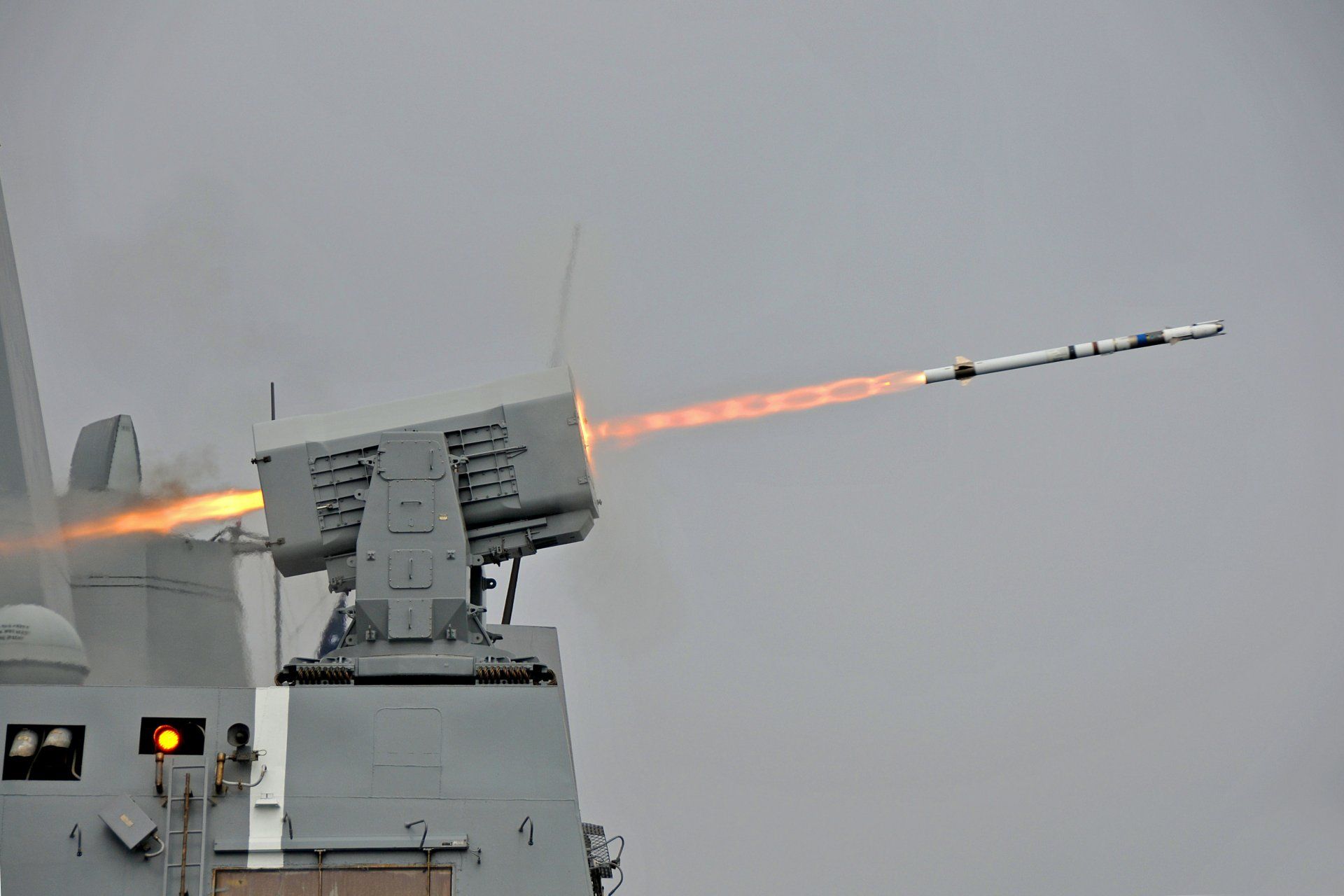Breaking News
US approves sale of Rolling Airframe Missiles to Japan for enhanced defense.
According to information published by the US Gov on October 18, 2024, the US State Department has approved a possible Foreign Military Sale to Japan, which could see the transfer of up to 212 Rolling Airframe Missile (RAM) Block 2B Tactical Missiles, alongside related equipment, for an estimated value of $360 million.
Follow Army Recognition on Google News at this link

USS New Orleans (LPD-18) fires a RIM-116 missile from its RAM launcher during a live-fire exercise off the coast of California. (Picture source: Dvids)
The sale includes the advanced RIM-116E RAM Block 2B, known for its enhanced area defense capabilities, designed to protect key maritime and coastal regions from incoming missile threats.
This package also comprises supporting elements, including RAM Guided Missile Round Packs, specialized shipping containers, training gear, technical manuals, and logistical support. Notably, the sale will also aid in establishing an Intermediate Level Maintenance Facility (ILMF) in Japan to support these systems.
Technical comments
The RAM Block 2B missile system that Japan is acquiring brings a highly adaptable and advanced defensive capability to its maritime forces. Designed to counter sophisticated threats, the RAM Block 2B employs an enhanced dual-mode seeker using both passive radio frequency and infrared guidance. This enables it to track and engage advanced anti-ship missiles, even those that utilize countermeasures like radar jamming or infrared decoys. The improved guidance system allows the missile to operate in complex electronic warfare environments, increasing the likelihood of successful target interception.
In terms of its kinetic performance, the RAM Block 2B is a supersonic missile, reaching speeds in excess of Mach 2. Its high maneuverability and speed allow it to engage agile sea-skimming missiles, which are designed to evade radar by flying at very low altitudes. This capability is critical as Japan faces growing concerns over China’s deployment of highly advanced anti-ship missiles such as the YJ-12, which poses a significant threat to its naval forces. The RAM’s ability to counter these fast-moving threats at close range offers a crucial layer of defense in high-risk zones like the East China Sea.
Technologically, one of the key advancements of the Block 2B variant is its missile-to-missile link, which allows missiles launched in salvo to coordinate and share targeting information in real-time. This system optimizes the defense against complex and simultaneous missile raids by improving engagement efficiency. It is particularly important when dealing with saturation tactics, where a large number of incoming missiles can overwhelm traditional defense systems.
Japan’s decision to integrate RAM Block 2B into its naval platforms reflects a broader strategic goal of building a multi-layered defense system. The missile’s modular design allows it to be installed on a variety of ships, from smaller patrol vessels to larger Aegis-equipped destroyers, enhancing the defensive network across Japan’s fleet. By providing close-in defense capabilities, RAM Block 2B complements longer-range systems, creating a more robust defense architecture. This adaptability is crucial for Japan, as it seeks to defend its maritime territory against increasingly sophisticated and fast-evolving missile threats from regional actors like China and North Korea.


























